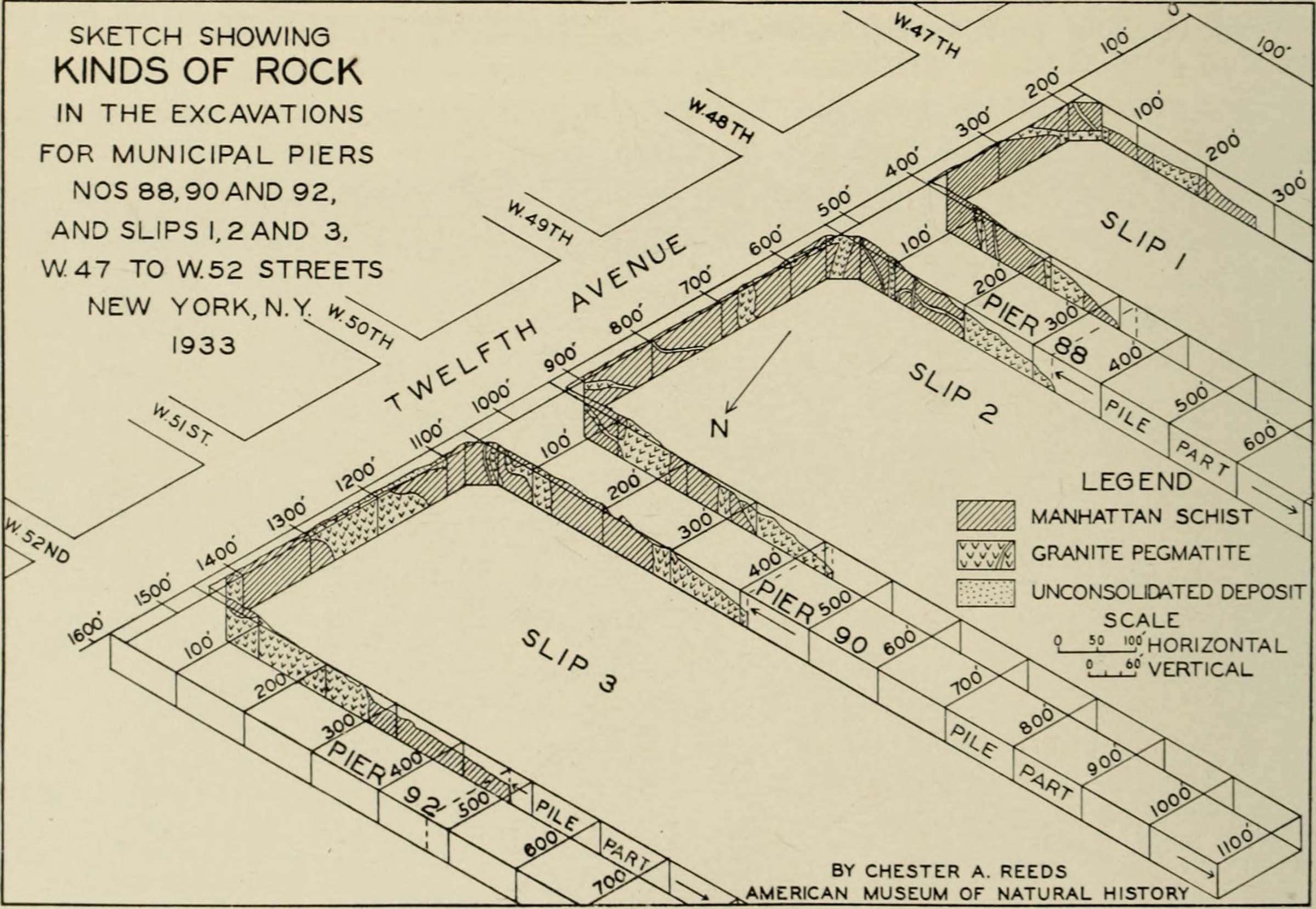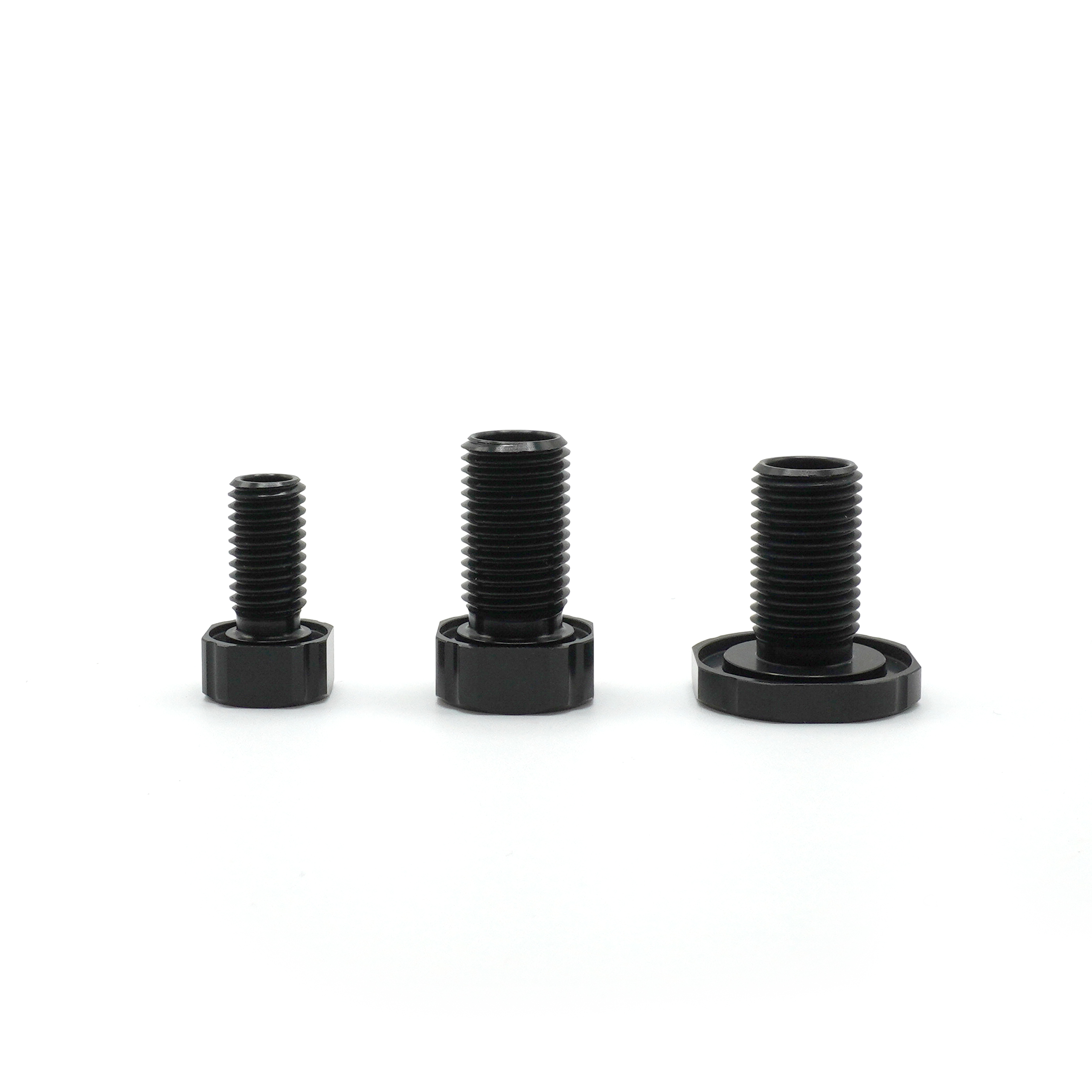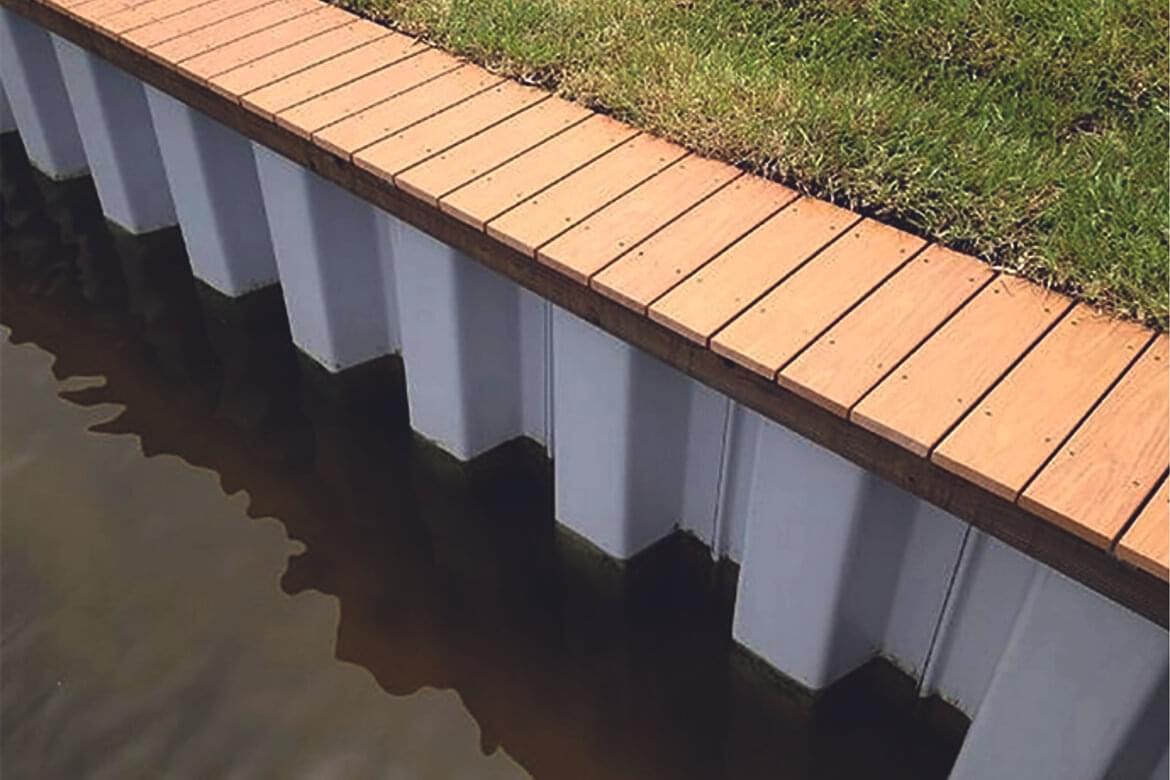How to Enhance Your Lakefront Investment With Bulkhead on Lake Livingston
Wiki Article
Discovering the Various Uses of Bulkhead Structures in Modern Design
Bulkhead structures play a considerable role in contemporary design, offering both visual and functional purposes. They can specify rooms, boost storage remedies, and boost illumination. In industrial setups, they function as centerpieces that mirror brand name identification - Bulkhead on Lake Livingston. In addition, their integration typically supports sound management and sustainable methods. Understanding the complete range of their applications exposes much concerning modern layout fads and individual experience. What cutting-edge usages of bulkheads might arise in the future?Specifying Bulkhead Frameworks
Bulkhead structures play a critical duty in contemporary design, serving as crucial elements in different structure designs. These structures are generally specified as raised ceilings or platforms, usually made use of to conceal mechanical systems, circuitry, or plumbing. Bulkheads can be located in both domestic and commercial setups, where they supply a seamless mix of performance and aesthetics. Their layout can integrate illumination fixtures and other attractive aspects, enhancing the total visual charm of a space.Commonly built from products such as wood, steel, or drywall, bulkheads can be customized to fit the architectural style and needs of the structure (Bulkhead on Lake Livingston). They serve not just to conceal unsightly framework however also to produce specified zones within open rooms. By managing the flow of a space, bulkheads add to the spatial company, making them a significant facet of modern architectural method. Subsequently, their interpretation envelops both functional and visual dimensions
Useful Applications in Residential Style
Bulkhead frameworks play a necessary function in household style by helping with room optimization techniques that make the most of useful locations. They add aesthetic design elements that boost the aesthetic allure of living spaces. Additionally, these structures supply vital structural support options, guaranteeing the stability and safety of the home.Space Optimization Approaches
As modern domestic layouts progressively focus on effective use space, ingenious methods arise to optimize functionality without compromising visual appeals. One prominent approach entails the integration of bulkhead structures, which can mark locations while offering crucial storage space options. These structures can be utilized to create vertical storage space units that boost both company and access. Additionally, multi-functional furnishings, such as collapsible tables and convertible couches, complements bulkhead layouts, enabling areas to adapt to differing needs. Open layout additionally enhance spatial circulation, encouraging flexibility in operation. Integrating built-in shelving and recessed lights within bulkheads also adds to a streamlined environment, making sure that fully of space is used successfully and sympathetically within the general layout.Aesthetic Design Aspects

Architectural Assistance Solutions
In modern residential layout, an efficient structural assistance remedy is necessary for maintaining the integrity of areas while maximizing layout and functionality. Bulkhead structures play a considerable function in this situation, functioning as both support and dividing aspects. They can hide mechanical systems, such as plumbing and electrical wiring, while giving reinforcement to the ceiling and flooring systems. By tactically positioning bulkheads, designers can produce specified locations within open flooring strategies, boosting use without jeopardizing structural security. Additionally, these structures can fit lighting fixtures, contributing to both aesthetic appeals and practicality. To summarize, bulkhead frameworks are vital in residential design, supplying flexible assistance options that boost both the capability and visual appeal of living rooms.Enhancing Aesthetic Appeals in Industrial Areas
When commercial areas embrace cutting-edge bulkhead frameworks, they not only define physical borders yet likewise significantly enhance the overall aesthetics of the atmosphere. These building aspects serve as aesthetic centerpieces, attracting attention and developing a feeling of intrigue. By incorporating varied products such as glass, metal, or wood, bulkheads can mirror a brand name's identity and objective, adding to a natural layout.The strategic placement of bulkheads can control light and darkness, adding deepness and measurement to otherwise flat rooms. This interplay can change a business location into a welcoming environment, encouraging client engagement. Additionally, making use of color and texture in bulkhead style can evoke certain emotions, improving the general consumer experience. Ultimately, the thoughtful combination of bulkhead frameworks boosts the aesthetic charm of industrial areas, making them not only practical but also visually enchanting, therefore fostering an enduring impact on site visitors.
Acoustic Performance and Sound Monitoring
Efficient acoustic efficiency plays a crucial function in contemporary design, especially within business spaces where sound monitoring is critical. Bulkhead frameworks can substantially enhance acoustic qualities by absorbing noise, minimizing echo, and mitigating sound transfer between locations. These attributes are particularly advantageous in environments such as theaters, offices, and restaurants, where clear communication and an enjoyable auditory experience are critical.The calculated positioning and design of bulkheads can assist create sound-buffer areas, effectively separating noisy areas from quieter ones. Products utilized in bulkhead building, such as soft finishes and acoustic panels, contribute to their sound-dampening abilities. Furthermore, the incorporation of bulkheads permits the integration of sound-absorbing components without jeopardizing aesthetic appeal. By dealing with acoustic efficiency, engineers can produce unified environments that enhance comfort, improve individual experience, and advertise efficiency, making bulkheads an important part in the design of modern industrial rooms.
Integrating Bulkheads for Efficient Space Usage
Typically forgotten, the assimilation of bulkheads in architectural design can considerably boost space use in modern structures. These structural elements serve numerous practical purposes, offering a means to conceal mechanical systems, electrical circuitry, and pipes without compromising looks. By strategically placing bulkheads, designers can create defined areas within open layout, thus assisting in better organization and circulation.Bulkheads can incorporate storage options and illumination attributes, maximizing the functionality of or else thrown away upright area. In property settings, they may delineate areas such as kitchen areas or living locations, while in industrial spaces, they can boost the performance of layouts by plainly noting pathways and workspace.
Eventually, the thoughtful combination of bulkheads adds to an extra visually attractive and organized environment, enabling adaptable spaces that can progress with the requirements of their passengers. This technique not only optimizes area however additionally fosters a much more unified interaction between form and feature.
Bulkheads in Public Design

Building Visual Enhancements
While many architectural components go for performance, bulkheads in public style offer a dual function by boosting visual allure. These structures often develop visual interest through their layout, incorporating effortlessly with bordering components. By utilizing numerous products, structures, and colors, bulkheads can add you can try here to an one-of-a-kind identification for public spaces, such as flight terminals, museums, and collections. Their strategic placement assists to define areas, assisting site visitors while including deepness to the general layout. Additionally, bulkheads can highlight lighting, developing vibrant environments that transform throughout the day. This visual improvement not just raises the visitor experience however likewise cultivates a sense of place, making bulkheads a crucial factor to consider in contemporary public style. Generally, bulkheads embody the combination of type and function.
Architectural Assistance Solutions
As designers seek innovative methods to improve the structural stability of public rooms, bulkheads become necessary components in the style and building process. These structures supply essential support, specifically in areas subject to heavy foot web traffic or dynamic loads. By dispersing weight equally, bulkheads assist prevent structural failing while enabling versatile style alternatives. In big venues, such as stadiums and convention centers, bulkheads are frequently integrated into the total read this post here building framework, making sure stability and safety. Additionally, they can help with the incorporation of utilities and mechanical systems, adding to the efficiency of space usage. Inevitably, bulkheads represent a vital service in modern-day public design, strengthening both performance and security in community-focused environments.Environmental Management Procedures
Incorporating environmental management steps right into public design has come to be significantly important as city developers focus on sustainability together with structural assistance. Bulkhead frameworks serve a dual purpose hereof, working as barriers against erosion and flooding while at the same time boosting the visual charm of urban landscapes. Their style typically includes all-natural aspects such as plants, which can boost air top quality and offer environments for wildlife. Furthermore, bulkheads can be crafted with absorptive products that permit water absorption, reducing overflow and promoting groundwater recharge. This assimilation of eco-friendly considerations not only maintains the setting yet also fosters neighborhood durability versus climate adjustment. By making use of bulkheads effectively, designers add to sustainable city growth that straightens with modern ecological objectives.Future Patterns in Bulkhead Layout
Emerging trends in bulkhead design show an expanding emphasis on sustainability, development, and functionality in modern design. Developers are progressively integrating green products, such as recycled composites and bioplastics, to minimize environmental effect. On top of that, the integration of wise innovation is coming to be widespread, enabling bulkheads to serve multi-functional functions, consisting of power storage space and climate control.
In metropolitan settings, modular bulkhead systems are gaining grip, using adaptability in design and convenience of installment. These systems can be adapted to various landscapes, enabling for reliable area use. Furthermore, aesthetic factors to consider are developing; bulkheads are currently being designed to boost visual appeal, commonly including imaginative components that reverberate with local society.
As environment durability comes to be a top priority, future bulkhead layouts will likely focus on flood protection and stormwater management, ensuring structural integrity while resolving environmental obstacles. This shift symbolizes an alternative approach to design that fulfills both ecological obligations and human requirements.
Often Asked Questions
What Materials Are Generally Utilized for Bulkhead Building And Construction?
Typical products for bulkhead building and construction consist of concrete, steel, lumber, and composite materials. These alternatives supply resilience, structural stability, and resistance to environmental aspects, making them appropriate for numerous applications in building and construction and engineering tasks.Exactly How Do Bulkheads Influence Building Power Performance?
Bulkheads enhance constructing energy efficiency by supplying thermal insulation and minimizing air leak (Bulkhead on Lake Livingston). They help preserve indoor temperatures, thus decreasing heating and cooling down demands, ultimately causing reduced energy prices and improved ecological sustainabilityAre There Any Kind Of Building Ordinance Details to Bulkhead Structures?
Yes, building codes certain to bulkhead frameworks exist, differing by area. These regulations generally address safety and security, architectural honesty, and access, making certain that bulkheads fulfill needed standards for building and design within an offered jurisdiction.Can Bulkheads Be Easily Modified or Gotten Rid Of Later?
Bulkheads can frequently be customized or removed, relying on their design and building and construction. Nonetheless, such changes may require mindful planning and adherence to building ordinance to assure architectural stability and safety and security are maintained throughout the procedure.What Are the Expenses Connected With Installing Bulkhead Frameworks?
The costs related to setting up bulkhead structures can differ considerably, commonly affected by products, layout complexity, and labor. Normally, expenses range from his response moderate to high, depending on the project's specific needs and place.Bulkhead structures play an important function in modern-day design, serving as necessary components in various building designs. Bulkhead frameworks play an important function in household style by facilitating area optimization approaches that maximize functional locations. Frequently overlooked, the assimilation of bulkheads in architectural layout can considerably improve area use in modern-day structures. As architects look for cutting-edge means to enhance the architectural integrity of public spaces, bulkheads emerge as essential components in the layout and construction process. The costs linked with installing bulkhead frameworks can vary significantly, usually affected by materials, layout intricacy, and labor.
Report this wiki page